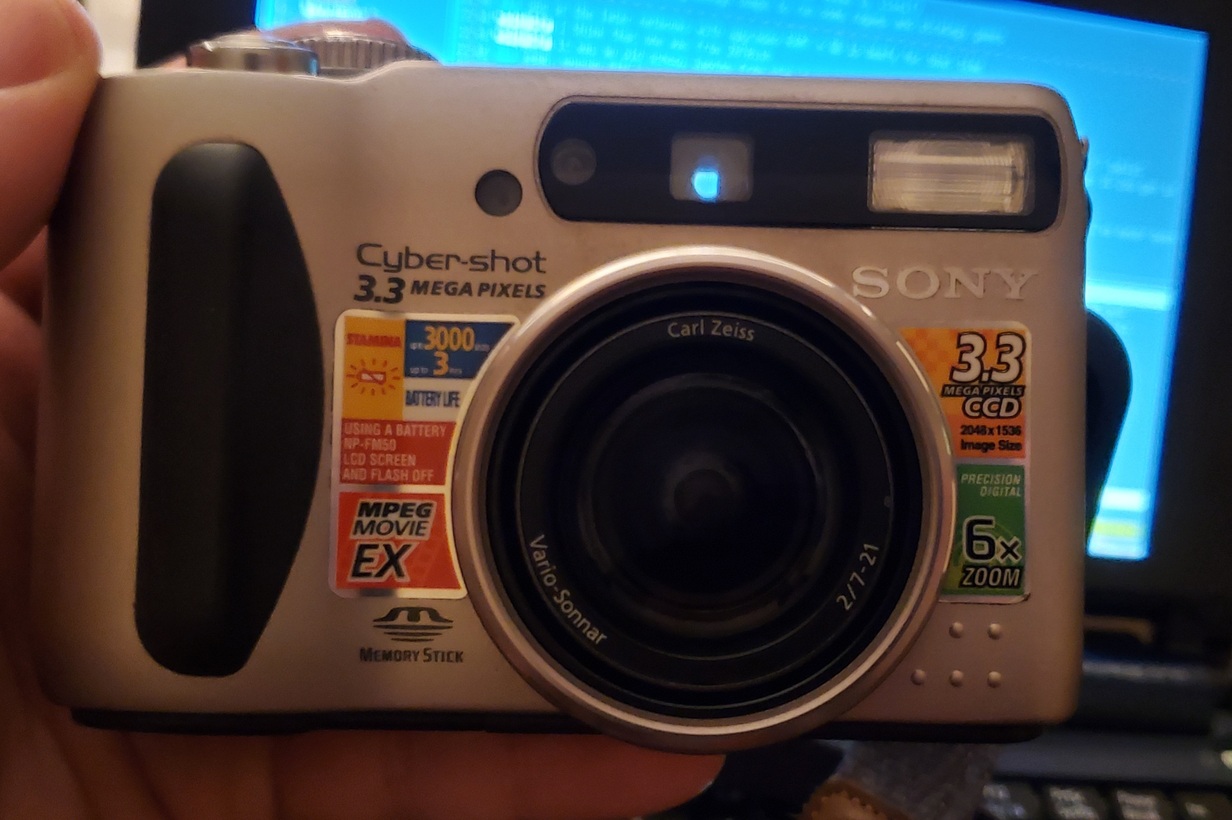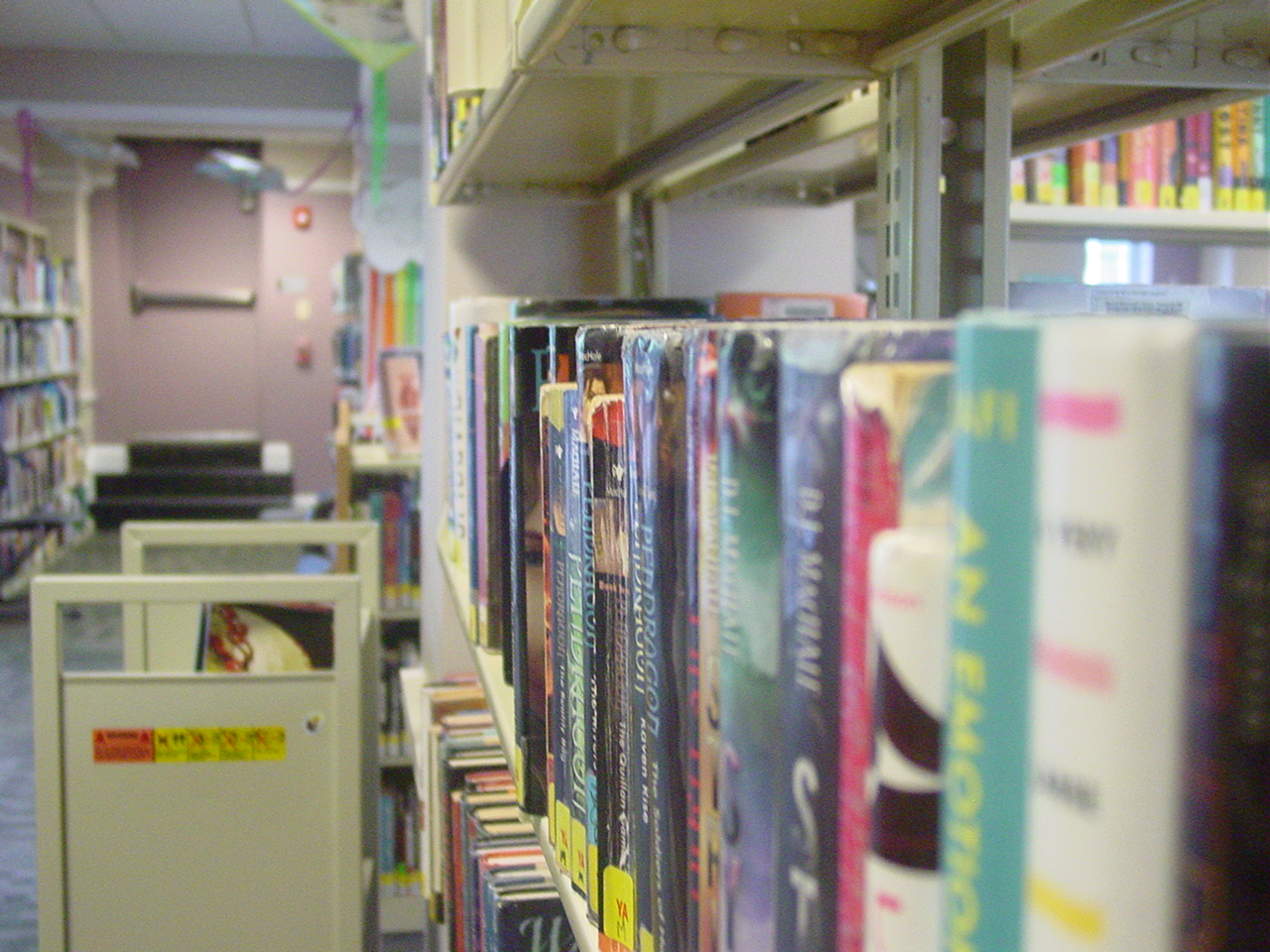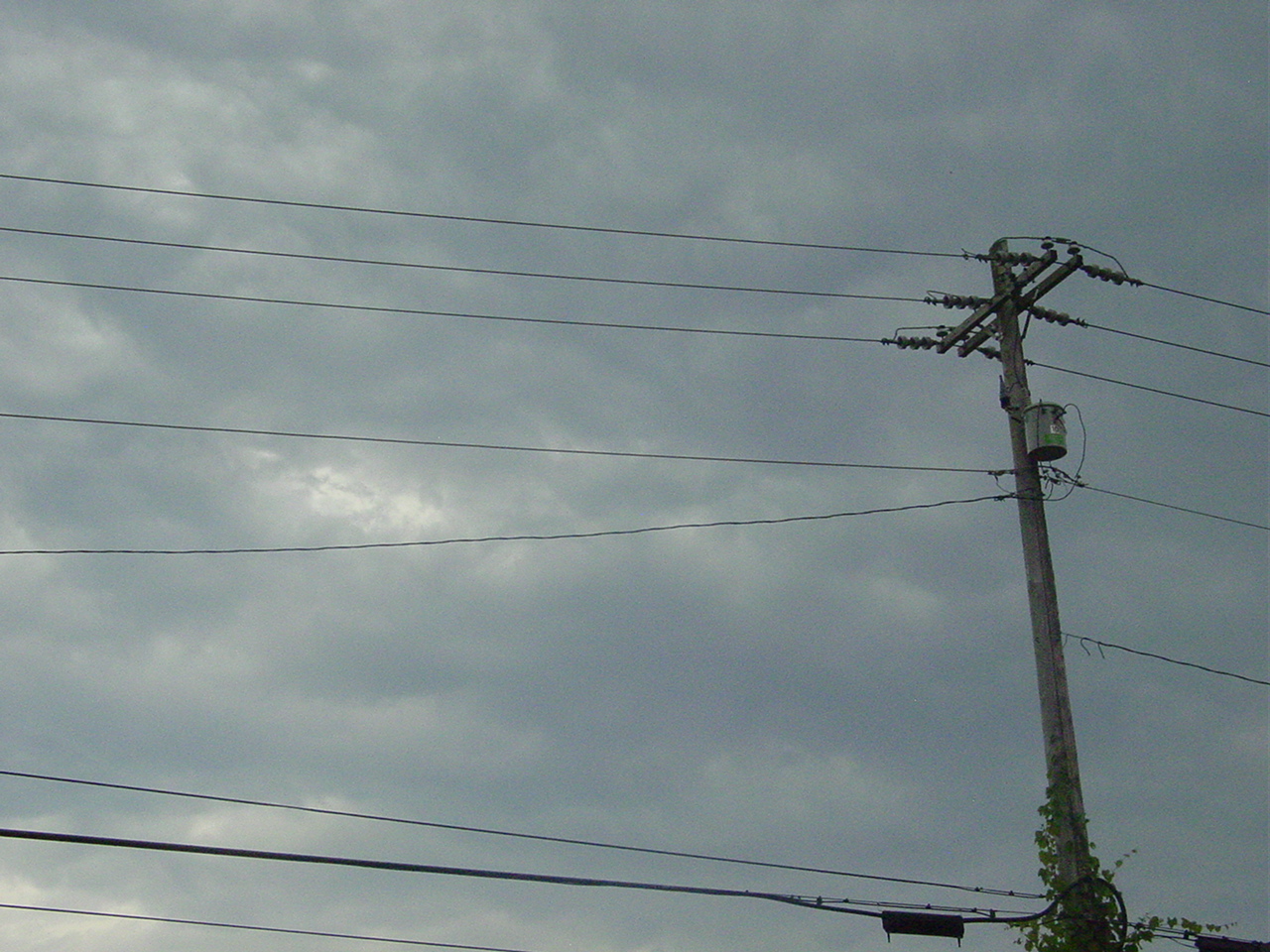Back At It Again - OCC Day 5/6
Alpine Linux & an Acer ZG5 · July 12th, 2023
This every other day cadence seems to work well for me, so baring a dedicated blog post, or something really exciting happening I think I'll try and stick to that until the end of the challenge.
Day 5
Day 5 was my detox day. I got stuck over at the office a little longer than I wanted trying to get a MaaS360 deployment finished. We're migrating about 70 Android tablets into a full iOS deployment, and I was being extra meticulous about documenting every little step I took to get everything configured. If I don't use it, hopefully the next admin on our team can knock it out in half the time thanks to the documentation. That said, by the time I got home from work I was done with computers. My little Acer, as charming as it is, held no sway over me that night.
Instead we spent our evening playing Betrayal on the House on the Hill, an awesome little exploration horror game which starts out cooperatively and results in the players betraying each other or turning the entire game into a player versus environment showdown. This was my first time playing it with my son, and it was a blast! The game is a little creepy at times, but it ended up with me being the traitor and having to sacrifice items and the other players to summon an ancient god of death. Absolutely over the top. It was lots of fun watching him try to strategize with my wife while I carefully guided them into traps to foil their plans. I'm hoping we'll get to play again soon!
After detoxing I read a little bit of "Time Management for Sysadmins", nothing to report there, so far the first couple chapters are pretty common sense suggestions that revolve around defending your time and using a PDA of some sort (whether physical or digital). The book is contemporary with Palm PDAs so I'm rather amused with some of the suggestions, knowing that I could go dig out a Palm at any time and follow along to the word. However in the long run adopting some of these ideas to my org-agenda setup will be far more advantageous.
Day 6
After a detox I was excited to get back at it. And even more excited today because my memory stick came in for the Sony DSC-S75! Two of them actually came in, a 16mb and a 128mb stick. I was honestly only expecting one or the other to make it in time for the challenge, but I'm happy to have both just in case. I'm a bit of a shutter bug, so the more the better. If it was a film camera I'd have invested $75 in a roll of bulk Ilford HP5+ anyways so $30 in memory cards makes sense by comparison.
I think I've hyped the camera thing enough that we should stop for a moment and talk about precisely how amazing this camera is. Like all of the camera I've used, I tend to love them for their quirks more than for their functionality, so in no way am I endorsing you rush out and throw $40 on eBay on this camera. But if you happen to find one in a Goodwill for a few dollars like my son did, it'd be worth the money to enjoy the experience. Now onto the specs.
This bad boy can fit so many photos!

The DSC-S75 has a whopping 3.3 megapixel CCD sensor. An fStop range of f2-f8, a shutter speed from 8s-1/1000s, and 3 different ISO settings (100, 200, 400). Couple all of this with a 34mm wide/102mm telephoto combination lens and a fully manual mode you've got yourself this weird mix between a digital point and shoot and an actual camera. I'd call it a pro-summer device, and given the original $700 price tag in 2001 (roughly $1200 in 2023), I think that assessment is fair. Fortunately for us all technological advancement has delegated this particular piece of hardware to the rubbish bin aka my OCC challenge.
Now I'm excited about all of this. These specs are limiting, but enabling. Being able to control ISO, fStop, Shutter, and focal length give me the ability to bend the camera to my whim as the photographer. As long as I can play with light, and the camera doesn't attempt to compensate for that so it hits "50% neutral gray" in the sensor I can make this thing work, and work well. Plus the camera has a CCD sensor, these are old power hungry imaging sensors that have been surpassed by the more modern CMOS sensor. The tonal range and color dynamics on them is different from what gets produced by CMOS sensors. Usually what people say is that CCDs have a more pleasant color pallet. But if you stick the images side by side you'll probably notice that neither sensor produces realistic lifelike colors. Nothing quite replaces the human eye in that sensor. Additionally with the 3.3 megapixel sensor we can only produce images with a resolution of 2048x1536, and only 10 of those images as "fine jpeg" quality. Ouch.
All of this together meant that when I got the memory stick in hand, slapped it into the camera, and did the initial configuration I had some choices to make. I could shoot 10 highest quality jpegs, or a single TIFF image, and just constantly tote around my computer to dump the files off. Or I could sacrifice maximum resolution to get a little more out of the process. I went with the later, specifically choosing 1280x960. In so doing I can shoot 24 fine jpg images on the 16mb memory stick, and amusingly that's the same amount of photos you'd get on a typical roll of film. I'm sold.
The rest of the day was spent testing the camera out. We went to the local library to checkout some books, my son is on summer break so we're in full pleasure reading mode and it's great. And then back home to have dinner and relax. I was able to grab a couple of solid shots from the first "roll" on the camera. Though as soon as I wanted to pull them out I found out that my ZG5's MemoryStick port doesn't actually work in Linux. And I wasn't able to make it work at all.
Udev could see the memorystick being added/removed, but there was nothing under lsusb, nothing in dmesg to indicate that the hardware was detected. It just wouldn't work. I was dismayed. Here I've gone and hyped up this little camera and I'll need to purchase an adapter, wait until the end of the challenge window. I'll miss the moment entirely. I had resolved myself to install Windows XP on the Acer just so I could deliver on my photographic promises when Mio came to the rescue and kindly pointed out that the DSC-S75 has a usb transfer functional. If it were not for their assistance, this blog post would be incredibly dull. So as thanks here's my favorite shots!

ISO: 400, fStop: f2.1, Shutter: 1/30s

ISO: 400, fStop: f8, Shutter: 1/500s

ISO: 400, fStop: f8, Shutter: 1/100s
All told, I'm honestly really pleased with how good the photos look. I wasn't expecting them to turn out worth sharing given the age of the camera and how bad the specs are compared to what I'd normally use, but the system holds up really well. And it's been a fun to shoot with finally. But its been an uphill struggle due to the OCC limitations.
Loading any one of these photos into gimp on my Acer takes 7 minutes, and then several more to edit and export, which means the smallest of crop edits result into a significant investment of time. And since the disk is so slow, and the resources are so constrained, I can't actually multitask while the computer is doing this. I don't mind that much, it's a great opportunity to slow down and enjoy the discovered free time, you just have to really want to edit those photos before you share them.
And the DSC's image metadata is all kinds of weird. It's shared as exif info in the image, which you can easily extract with identify. But fstops are reported as fractions, shutter speeds are reported inversely. It's just bizarre. I ended up writing a little shell script to extract and convert the relevant information just so I could write this and any following blog posts. Maybe it'll be helpful for anyone else using one of these DSC cameras.
#!/bin/ash
#Extract exposure information from photos taken with a Sony DSC-S75
exif=$(identify -verbose $1 |grep -e 'PhotographicSensitivity\|FNumber\|ExposureTime');
iso=$(echo "$exif" | grep PhotographicSensitivity | awk -F':' '{print $3}') #Reported as 100, 200, or 400
fstop=$(units --com $(echo "$exif" | grep FNumber | awk -F':' '{print $3}')) #Reported as fractions, f2 = 20/10
shuttera=$(echo "$exif" | grep ExposureTime | awk -F':' '{print $3}' | awk -F '/' '{print $1}')
shutterb=$(echo "$exif" | grep ExposureTime | awk -F':' '{print $3}' | awk -F '/' '{print $2}')
shutter=$(( $shutterb / $shuttera )) #Reported inversely, 1/320 = 10/3200
printf "ISO: %s, fStop: %s, Shutter: %s\n" $iso $fstop $shutter
Wrap Up
I'm really excited to be full swing into this challenge. The netbook has been a solid companion, and being restricted from using modern solutions has me less connected in certain ways. I think there's a tendency for us to get sucked in by the latest flashy apps and technology, and willfully rejecting it has a pleasant effect of reminding me that I get by just fine without any of it. Also, how cool is that camera?! I cannot wait to shoot more with it. A trip to Peak's Island is definitely on the list for the imminent future, just a matter of whether the weather permits it before or after the challenge window.